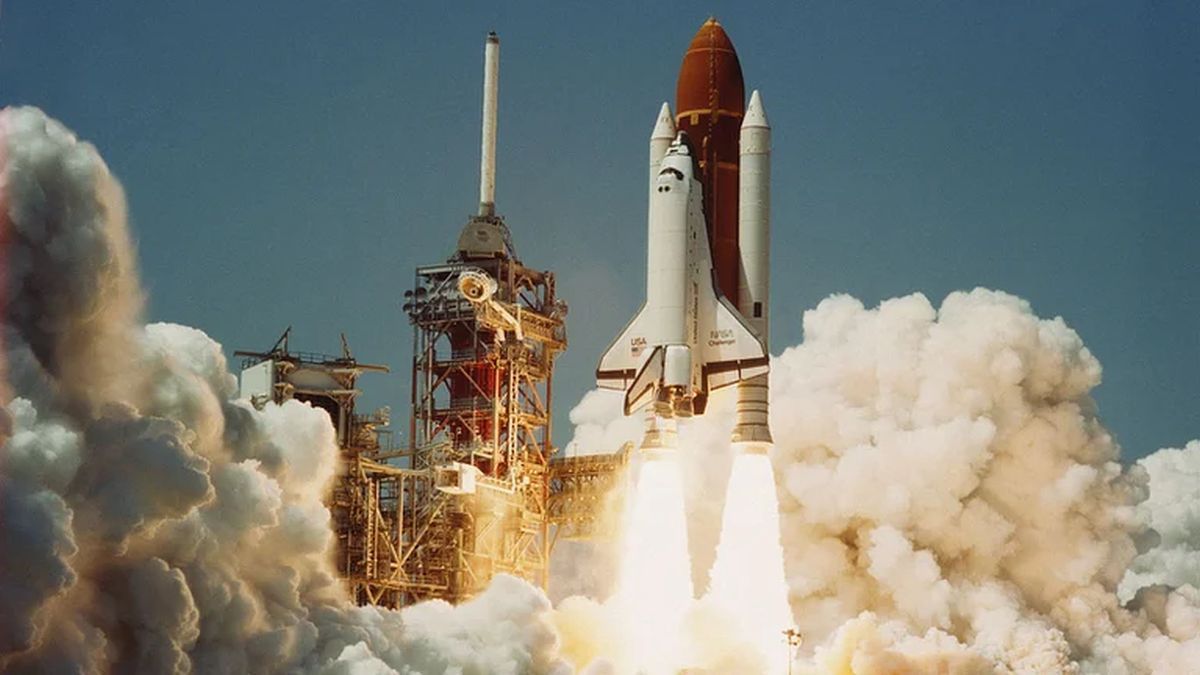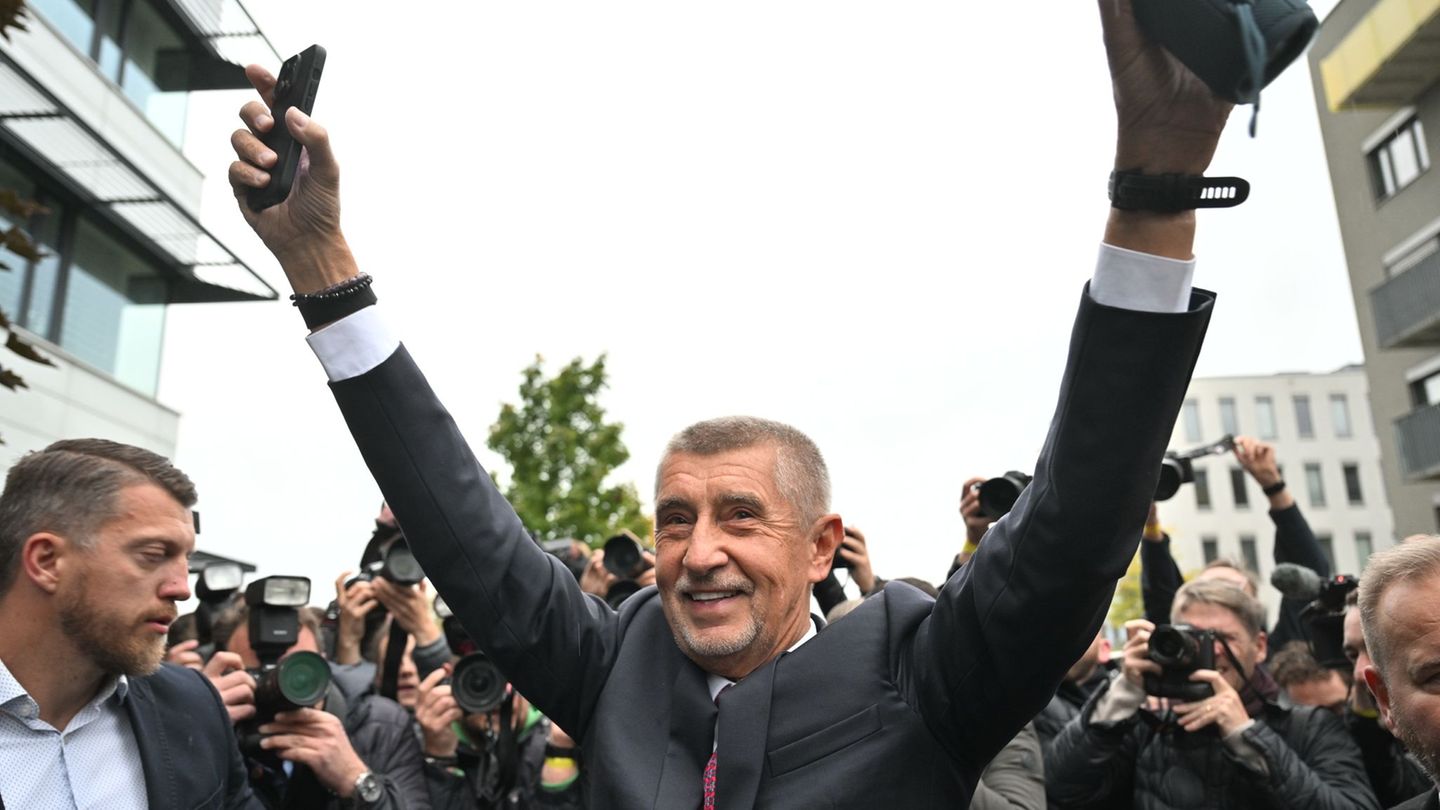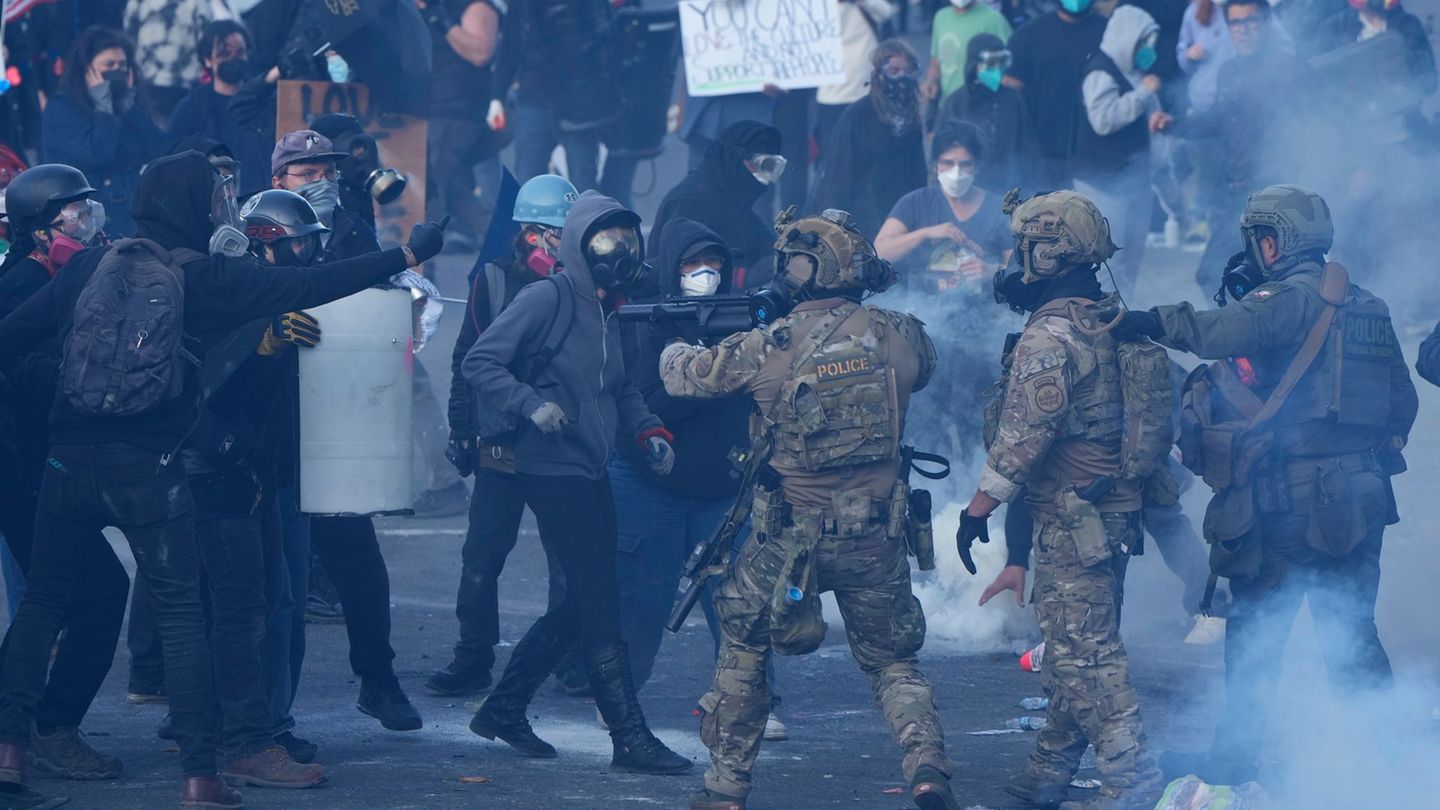It is still very fresh that January 28, 1986, when seven astronauts lost their lives in Houston, USA, aboard the space shuttle Challenger.
Although they were deaths that turned on lights where humanity walks.
Millions of viewers on television watched him fall like a dying swan, returning to earth, utterly shattered, from the blue sky.
The illusions, the task of the technicians, the magic that every trip to the stars has, were shattered in seventy-one seconds.
Men from all corners of the planet were moved. Because physical pain hurts, but spiritual pain tears.
Until that moment, fifty-five space voyages had been made over twenty years, without a single victim. The only accident in the US had taken place when Apollo I caught fire while still on the ground on January 27, 1967, exactly nineteen years earlier.
On that unfortunate occasion, three astronauts died.
It was also the turn of the Soviet Union, the other space power, to suffer serious accidents.
The first misfortune also happened in 1967, when the Soyuz I crashed on landing. The astronaut who was on the crew died on the spot.
And four years later – in 1971 – the Soyuz II had a decompression problem and the three astronauts traveling in it died.
In the Challenger there was the largest number of victims in space travel: seven. Two of them women. And one of these, Judith Resnik, of Jewish origin. She was a concert pianist, as well as an electrical engineer. She was thirty-six years old.
But what fate led the other woman, a thirty-eight-year-old teacher, mother of two children, to undertake such a space adventure without the slightest experience or knowledge of flights of this type?
Simply having been raffled among eleven thousand teachers who wanted to participate.
What a sad fortune fate gave him!
Also traveling for the first time was an Asian, Ellison Onizuka, a thirty-nine-year-old engineer of Japanese origin born in the Hawaiian Islands.
A senator, Jake Garn, who was to be the first legislator to fly into space, represented the government.
Another passenger was a black man, Ph.D. in physics, saxophone virtuoso and evangelist pastor, Ronald McNair.
The other two travelers from the Challenger were the forty-four-year-old electrical engineer Miguel Smith, a test pilot and officer in the Vietnam War. And finally the oldest – forty-six years old – Francis Scobee, commander of the ship, aeronautical engineer, space veteran and also a test pilot.
These seven human beings of different religious convictions, sexes, professions, were forever intertwined in the same death. But a death that was a life lesson.
Because many know what they don’t want and very few know what they do want. And they were sure of what they wanted.
But something else united them: they were tied spiritually by that feeling so pure that we call ideal, that ideal that tells us that we can only observe the sky, raising our eyes….
Perhaps the seven brave Challenger astronauts felt, in that fateful minute that the ascent lasted, the proximity of death; it is possible that they had experienced the terrifying sensation that they were locked up alive. But let us think that there are many men who live… dead.
They – the astronauts – chose their destiny. Although obviously fate did not choose them.
These five men and two women did not die in vain. They were one more seed in that infinite sowing that is the advancement of science.
And so many times the seed dies for the plant to live!
We have given the names of six of the seven victims of the tragedy. We intentionally left the name of the teacher who won the right to the trip in a lottery until last.
His name was Chris McAuliff. Her students idolized her.
In the State of New Hampshire there is a small town called Concord.
Chris lived and taught history there, in his fifth year of high school.
When her students saw her off for the trip from which she would not return, she handed one of them a sealed envelope asking him to open it the moment the spacecraft headed into space.
When the boys, still overwhelmed by the terrifying image on television, with the Challenger on fire, opened the envelope, they found these words printed on a piece of paper:
“Never stop trying to reach the stars.”
I think this message sums up the feeling of these seven heroes of science.
Because just as the navigators of old were guided by the stars to reach their destination, they were guided by their destiny to try to reach the stars.
His faith, his courage and above all his sacrifice makes us think that:
“Life is a maze. But the enlightened know the way out.”
Source: Ambito




